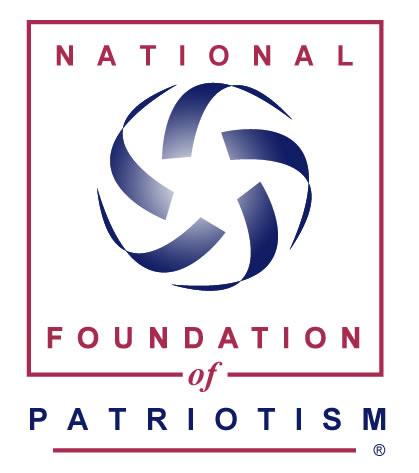Arlington National Cemetery
Arlington National Cemetery: Sacred Ground of American History
Nestled across the Potomac River from the nation's capital, Arlington National Cemetery stands as a hallowed testament to American history, sacrifice, and honor. This 624-acre expanse serves not just as a final resting place for over 400,000 military service members, veterans, and their families, but also as a living narrative of the United States' enduring values and the cost of freedom.
A Historical Tapestry
The origins of Arlington National Cemetery date back to the Civil War. The land was originally the estate of Mary Anna Custis Lee, the wife of Confederate General Robert E. Lee, and great-granddaughter of Martha Washington. In 1861, at the outbreak of the Civil War, the Lee family fled their home, and the estate was seized by Union forces. In 1864, Quartermaster General Montgomery C. Meigs designated the land as a military cemetery, both for its strategic location and symbolic value, ensuring that the Lee family could never return.
Arlington's inaugural burial occurred on May 13, 1864, for Private William Christman of Pennsylvania. From that moment, the cemetery rapidly expanded as the war continued to claim lives. By the end of the Civil War, over 16,000 individuals were interred at Arlington. The cemetery's development mirrored the nation's journey through conflict, recovery, and growth.
Honoring the Fallen
Arlington National Cemetery is not just a burial ground; it is a place of reverence and reflection. Among its notable sections is the Tomb of the Unknown Soldier, established in 1921. Guarded 24/7 by the elite soldiers of the 3rd U.S. Infantry Regiment, known as "The Old Guard," this monument pays homage to unidentified service members who perished in World War I, World War II, the Korean War, and the Vietnam War. The eternal flame at President John F. Kennedy's grave, lit by his widow Jacqueline Kennedy in 1963, serves as a poignant reminder of his enduring legacy and vision for a united nation.
A Living Memorial
Today, Arlington National Cemetery remains a vital symbol of national pride and remembrance. It hosts over 3,000 ceremonies each year, including Memorial Day and Veterans Day observances, attracting dignitaries, military personnel, and citizens who come to pay their respects. Each headstone tells a story of bravery, sacrifice, and service, from Medal of Honor recipients to the ordinary soldiers who performed extraordinary acts in defense of their country.
In addition to military personnel, the cemetery honors notable figures who have made significant contributions to American society, including Supreme Court Justices, astronauts, and political leaders. These interments reflect the broad spectrum of those who have shaped the nation's history and values.
Preserving the Legacy
As Arlington National Cemetery approaches capacity, efforts are underway to preserve and expand its sacred mission. Projects like the Southern Expansion will add new burial space, ensuring that future generations of service members and their families can be honored here. This ongoing evolution underscores the cemetery's commitment to its role as a living monument to the nation's heritage.
Arlington National Cemetery is more than a place of rest; it is a perpetual reminder of the sacrifices made for the freedoms Americans enjoy today. It stands as a bridge between the past, present, and future, teaching lessons of valor, duty, and the profound costs of liberty. As visitors walk its serene grounds, they are invited to reflect on the profound legacy of those who have served and to reaffirm the enduring values that define the United States.
Learn more about the Arlington National Cemetery by visiting their website here.


